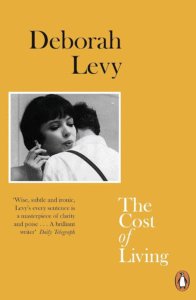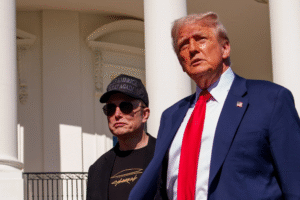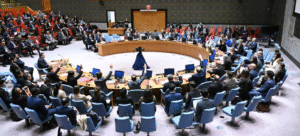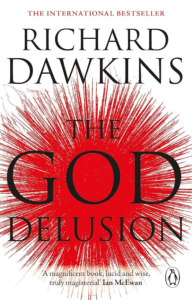The Brushstrokes of Belonging: How Art and Culture Forge National Identity
National identity, that often intangible yet deeply felt sense of collective belonging, is not solely forged in the fires of political rhetoric or defined by geographical boundaries. Instead, it is often most vividly and enduringly shaped by the vibrant tapestry of a nation’s art and culture. From ancient myths passed down through generations to contemporary artistic expressions that reflect societal shifts, art and culture serve as powerful vehicles for articulating shared values, historical narratives, and unique perspectives, ultimately weaving the intricate fabric of a nation’s self-understanding and its place in the world.

Preserving the Past: Art and Culture as Custodians of History
One of the most fundamental roles of art and culture in shaping national identity lies in their capacity to preserve and transmit historical narratives and collective memories. Traditional folk tales, epic poems, and national anthems often recount pivotal moments in a nation’s past, celebrating triumphs, mourning losses, and enshrining foundational myths. These cultural touchstones, passed down through oral tradition, literature, and performance, create a shared understanding of history, fostering a sense of continuity and connection across generations. For instance, the recounting of national liberation struggles through song and theatre in many post-colonial nations serves not only as a historical record but also as a powerful reminder of shared sacrifice and the forging of a common destiny.
Articulating Values: Reflecting National Ideals and Beliefs
Furthermore, art and culture play a crucial role in articulating and celebrating shared values and beliefs. National identities are often underpinned by a set of core principles and ideals that are reflected and reinforced through various artistic mediums. Traditional music and dance can embody the spirit and ethos of a nation, expressing its characteristic rhythms, movements, and emotional landscapes. Visual arts, from iconic paintings to national symbols, can visually represent the aspirations and ideals of a people. The emphasis on specific artistic styles or cultural practices can become intrinsically linked to a nation’s self-perception, distinguishing it from others and fostering a sense of cultural distinctiveness. The intricate craftsmanship of Japanese ceramics or the passionate rhythms of flamenco in Spain, for example, are not merely artistic expressions but also integral parts of their respective national identities.
Navigating Complexity: Art as a Catalyst for National Dialogue
Moreover, art and culture provide a vital platform for expressing and navigating the complexities and contradictions within a national identity. As societies evolve, artistic expressions often reflect and challenge prevailing norms, sparking dialogue and fostering a deeper understanding of the nation’s internal dynamics. Literature can explore societal inequalities, film can grapple with contemporary social issues, and music can give voice to marginalized communities. This critical engagement through art and culture allows a nation to confront its past and present, fostering a more nuanced and inclusive understanding of its identity. The protest songs of the Civil Rights movement in the United States, for example, played a significant role in challenging racial injustice and ultimately reshaping the nation’s understanding of its own ideals of equality.
Projecting Identity: Culture on the Global Stage
In a globalized world, art and culture also serve as crucial tools for projecting and maintaining national identity on the international stage. A nation’s artistic and cultural exports – its films, music, literature, and visual arts – contribute significantly to its global image and influence. These cultural ambassadors can introduce a nation’s unique perspectives, values, and creativity to the world, fostering cross-cultural understanding and shaping international perceptions. The global popularity of Bollywood films, for instance, has played a significant role in introducing aspects of Indian culture and identity to a global audience.
Embracing Diversity: The Contested Landscape of National Culture
However, it is also important to acknowledge that the relationship between art, culture, and national identity can be complex and sometimes contested. Different groups within a nation may have varying interpretations of their shared history, values, and artistic expressions. Dominant narratives can sometimes marginalize or exclude the cultural contributions of minority groups. Therefore, a healthy national identity is one that embraces the diversity of its artistic and cultural landscape, fostering inclusivity and allowing for multiple voices and perspectives to contribute to the ongoing construction of national self-understanding.
The Enduring Power of Artistic Expression in Nation-Building
In conclusion, art and culture are not mere embellishments to national identity; they are fundamental building blocks. Through the preservation of history, the articulation of values, the navigation of complexities, and the projection of a global image, artistic and cultural expressions weave the intricate tapestry of what it means to belong to a nation. They provide the shared language of symbols, narratives, and emotions that bind people together, fostering a sense of collective identity that transcends political boundaries and endures through generations. The brushstrokes of belonging, the melodies of shared experience, and the narratives of a common past are all essential elements in the enduring and evolving story of a nation’s soul.




















